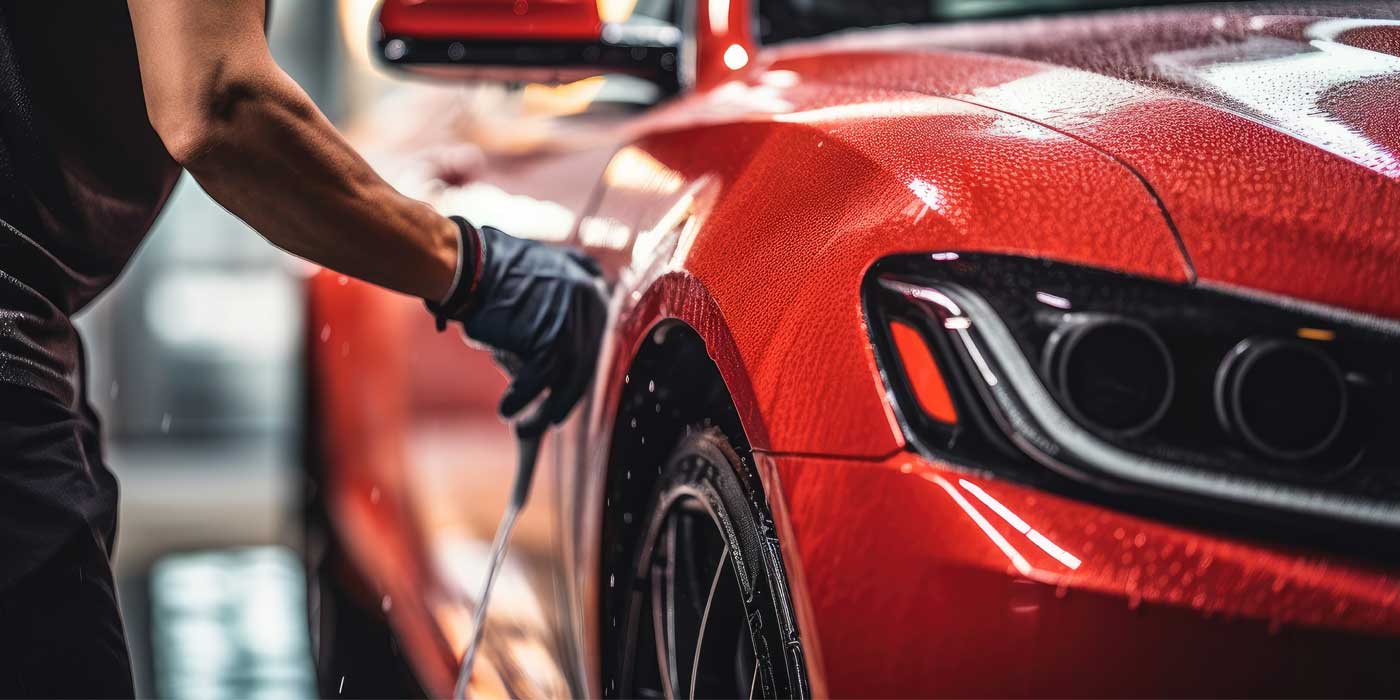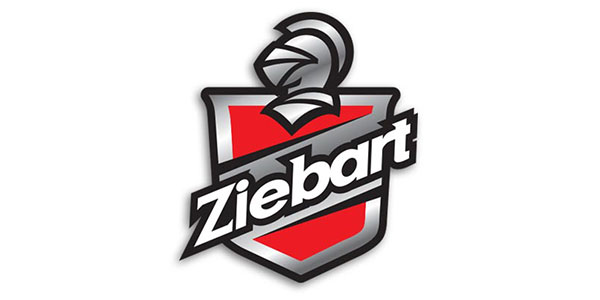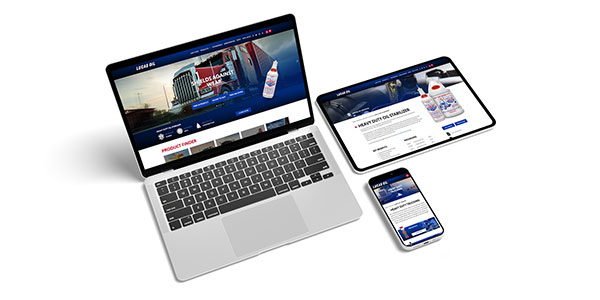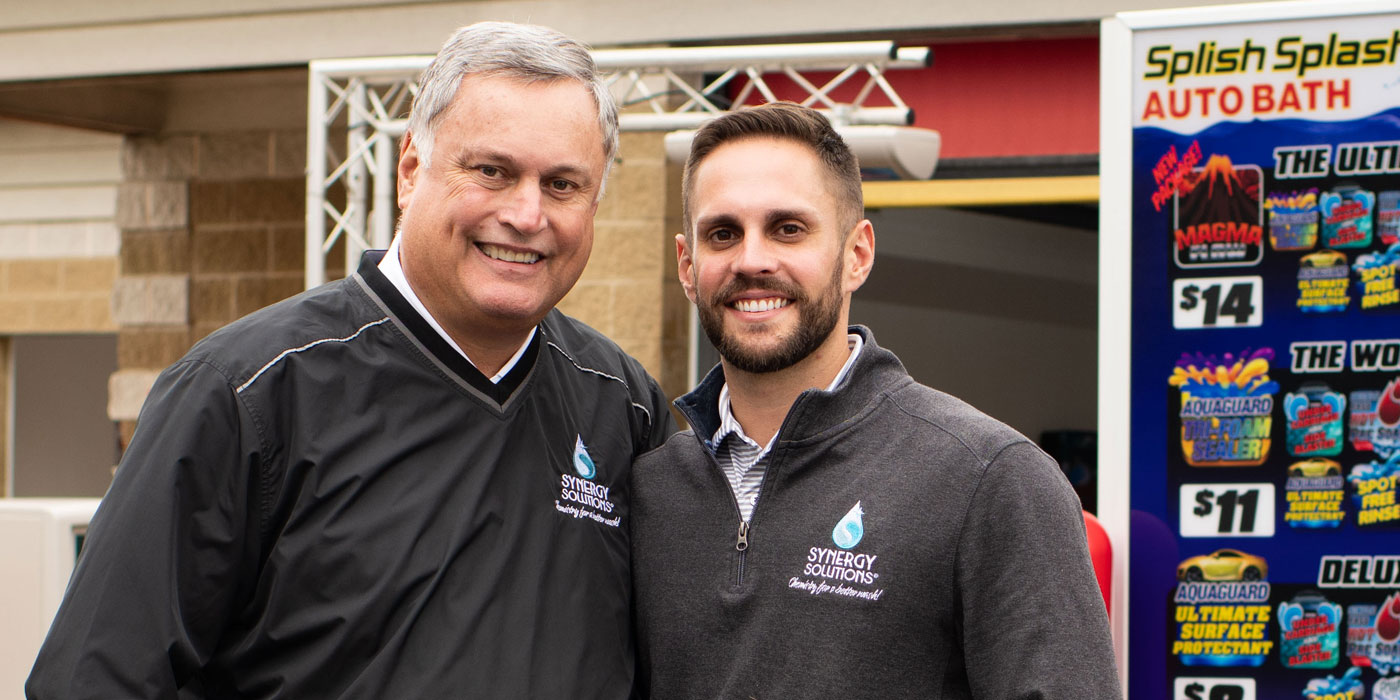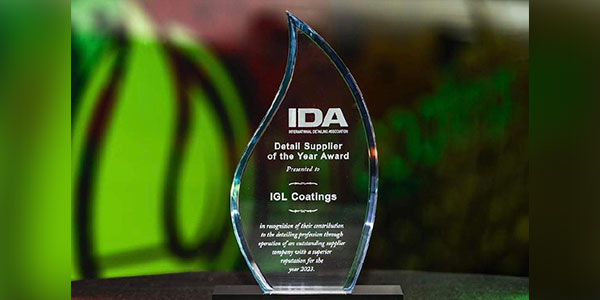There is little doubt that waste is the one of the biggest enemies of a profitable business. Today, consciously using available resources in a careful manner seems to be an idea whose time has come, but thrift is far from a new concept. Perhaps most famously addressed by founding father Benjamin Franklin, the idea of wise and frugal use of assets has been discussed and debated for centuries.
In the case of carwashes, saving pennies in specific applications can be the difference between record-breaking profits and barely scraping by. Water, electricity, labor and chemicals are all areas of a carwash business where frugality can boost the bottom line significantly. In this article, we reached out to experts in the field of carwash chemistry. They shared various processes carwash owners can use to monitor and control their businesses’ chemical usage.
Waste not, spend not
In the typical tunnel or bay, excessive use of chemistry can lead to loss of profitability as well as diminished wash results. Our experts offer tips for carwash owners and operators to ensure their washes are not using chemicals in a wasteful manner.
Ken Bucher, president of Warsaw Chemical Co. Inc., first recommends setting up each chemical using a manufacturer’s suggested dilution ratios. If necessary, owners can then adjust the dilution ratios until they get the clean, dry, shiny results they are looking for. The next step is performing use cost and titrations, and from there, an owner can decide to re-nozzle arches with newer nozzles that allow for better cost but do not change cleaning results.
Brent McCurdy, president of Blendco Systems, explains that responding to this challenge can be more complicated than an owner might think. It seems like a simple answer would be “use no more than 30 milliliters per car for presoak and no more than 20 milliliters per minute for self-service high pressure detergent.” Instead, the amount of chemical used should be based on the goals of the business.
“Does the business want to be ‘best in class?” McCurdy asks. “If they really do, the suggested usage changes based on each specific chemical, which changes within a company and among different companies because each product has quality and price differences.”
As most carwash businesses do not aim to be average, many want best-in-class performance, but at the cheapest price possible. Yet, these two ideas are at odds with each other, and therefore cannot happen, according to McCurdy. Again, it is important for a carwash owner and a chemical company to understand what the owner’s goals are and to move forward with wise recommendations based on the goal and knowledge of the chemistry and usages.
“The answer is that operators need to be in touch with what their goals really are and fess up to whether they want the best quality, average quality or the best price,” McCurdy states. “Once they do this, they better be with a supplier who knows how to answer these questions intelligently.”
Checking and monitoring
Once this chemistry balance has been set for a carwash business, owners should be interested in the most effective methods to check and monitor the use of chemicals in their bays or tunnels. McCurdy and Bucher offer different procedures for operators to consider.
1) Use per year. Option one is to measure usage at the end of the year and divide it by the number of cars or minutes sold, according to McCurdy. Yet, this is a “rough” option, and it requires waiting until it is too late for owners and operators to identifying issues such as over or under usage.
2) Marking containers. Another way operators can monitor usage is to mark the containers with dates, McCurdy notes. Owners estimate the percentage of the drum used since the last measurement and then divide by the number of cars or minutes. Again, this option is not exact. “With a 30-gallon drum, is not easy to determine usage of, say, 2 gallons,” McCurdy states. “This also has a long lag time if you make a correction … identifying and specifying a new exact usage.”
3) Flow testing. McCurdy says a good way to measure chemical usage is through a flow test. This test can be performed using a graduated cylinder while running three or four vehicles through the wash. This provides sufficient usage or draw during the washes to determine the usage per vehicle. This method can be messy and time consuming, and errors in reading can occur, especially if footvalves do not hold.
4) Weighing containers. A container can be placed on a scale before and after use, and the difference in weight can be translated into a volume usage, McCurdy explains. A conversion chart that shows what each gram represents in volume is required. This method is preferred by McCurdy because it is not as messy, and errors are less likely to occur. The downside: Scales cannot weigh larger containers, and the scale requires an investment, as well as some data about the specific gravity of the chemical.
5) Cost analysis. Bucher recommends cost analysis as the best and most efficient way to monitor the amount of chemical being used. Volumetrics or marking of chemical containers with inventory are two of the best methods, but only after owners are satisfied that cars are being cleaned and dried properly.
McCurdy says a good supplier will provide their expertise and offer to help owners monitor usage. “If you do not feel you can trust them, participate with them as they complete these calculations for you,” he states. “You deserve this service as a customer, and this should be something your supplier does regularly with you. This effort should accompany a discussion about your goals and your options for higher or lower usages.”
Creating a checklist
For owners looking to create a chemistry use checklist, Bucher and McCurdy recommend including different steps.
Bucher recommends:
- Optimal air pressures should be documented at startup and monitored regularly. Different delivery pumps will require different pump pressures, whether driven by air or water.
- Use cost analysis and titrations should be documented for future reference.
- Daily walkthroughs are necessary to determine if equipment is working properly.
McCurdy suggests:
- Inspect footvalves weekly and be sure they are holding. If air appears in the line, the footvalve is bad and needs to be replaced. If the footvalve is bad, the line will drain between fills and throw off the concentration of the detergent or protectant.
- Perform a draw test monthly.
- Replace all tubing annually.
Avoiding common mistakes
Overuse and underuse. In many carwashes, there is one process that has too much product being used, McCurdy states. But, another common mistake involves some products not being used at all. One example would be undercarriage protectants.
“In the case of underuse, the product may be a slow use product and may become old or contaminated,” McCurdy continues. “The operator may feel good about the ‘low product usage’ when, in fact, none of the product is being used.”
Two-step cleaning. Another common mistake is brought about because operators often do not understand the chemistry behind two-step cleaning. Two-step cleaning requires a strong knowledge of competing chemistries, and the correct application order and concentration are needed, according to McCurdy. If the proper two-step cleaning process is not followed, step one will simply neutralize step two.


